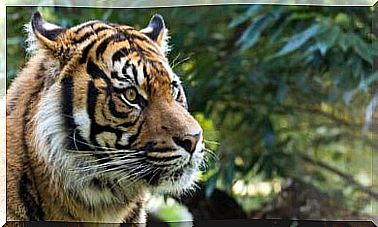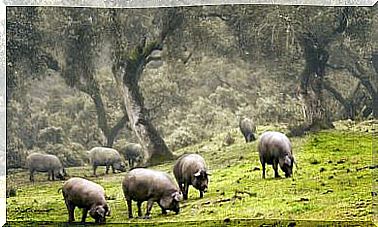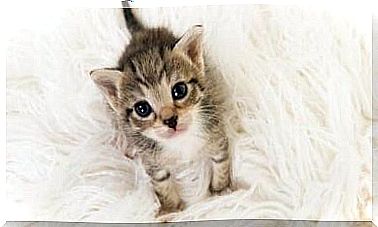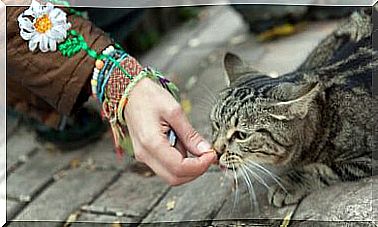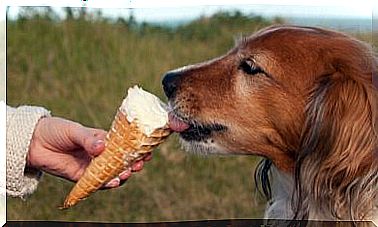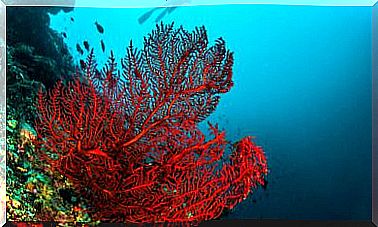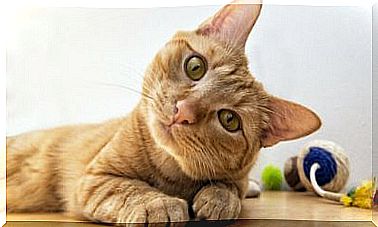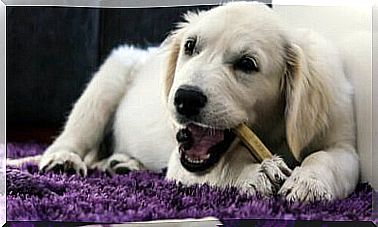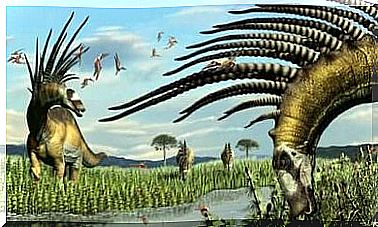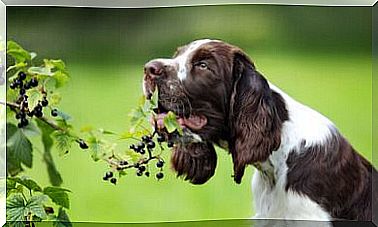Group 3 Dogs: Breed Classification According To The FCI
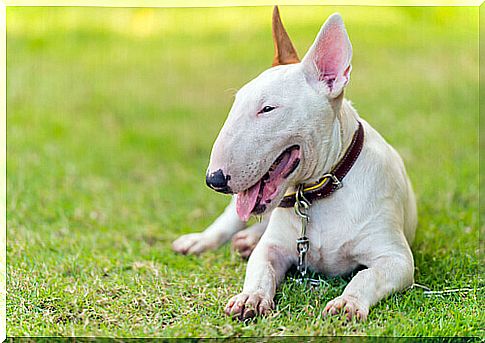
The Fédération cynologique internationale is responsible for determining the standards of each dog breed, classifying them according to their characteristics. In this article we are going to tell you about group 3 dogs, which includes large and medium-sized, small-sized, bull-type and companion Terriers.
Group 3 dogs: Large and medium-sized terriers
Within this section there are 15 spokes. Here are some of them:
1. Brazilian Terrier
Medium in size, he is very playful and loves being in company. It adapts to living in small environments. It has a round skull, triangular ears, large dark eyes, a long body, and tricolor hair (tan, black and white). He sheds quite often, is independent and somewhat reserved with strangers.
2. Irish Terrier
With an elongated and triangular muzzle, a completely tan colored coat, the Irish Terrier adapts to any type of climate. It is similar in appearance to the Fox Terrier. He is a brave dog, easy to train, full of energy, bold and cheerful. He is also patient and affectionate with children.
Group 3 Dogs: Small Terriers
Among the 12 breeds of this subdivision, the most famous are:
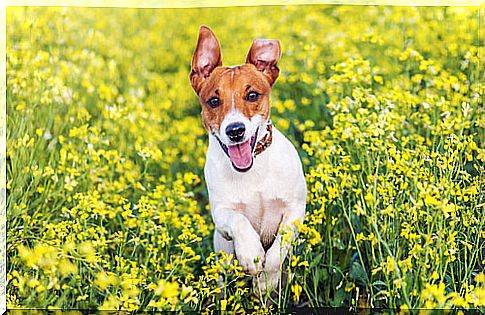
1. Jack Russell Terrier
Of British origin, although it developed in Australia, it is almost completely white (with some brown areas), with a compact and agile body. It is strong enough despite its small size. The coat is hard and water resistant, and has a thick mustache. He is very lively, active, alert, fearless, friendly and courageous. Bark and dig in any place.
2. West Highland White Terrier
He was born in the Scottish Highlands and, like the rest of the Terriers, is quite energetic and vital. He prefers to be the only animal in the family, to which he binds himself enough. It can weigh up to 10 kg and has a carrot-shaped tail. He is completely white, needs moderate daily physical activity, and is on high alert most of the time.
3. Scottish Terrier
Popularly called “Scottie”, it is a dog born in the early 18th century in the Scottish Highlands. It is a digger par excellence, small in size, strong, resistant and has a muscular and agile body. The elongated snout is one of its main features.
Regarding its temperament, the Scottish Terrier is very territorial, alert, agile and determined. He is intelligent, playful, self-confident and independent. He can be affectionate and a bit stubborn.
Group 3 dogs: Bull-type terriers
In this section there are only 4 breeds, but 2 are the best known:
1. Bull Terrier
Of English origin, it is characterized by a triangular head and small ears. He loves to have fun, is active and is not related to the American Pitbull Terrier. This breed was born from the crossing with several dogs: Dalmatian, Galgo, English White Terrier and others. He is stubborn but obedient, strong, intelligent and quite territorial (especially males).
2. American Staffordshire Terrier
Also known as the Amstaff, this dog is similar to the American Pitbull Terrier. The coat can be of many colors, has pronounced cheeks and a black nose, the tail is short and tapers at the tip. Usually his ears are cut off. Although considered a potentially dangerous breed in some countries, it is a sociable, protective animal and a good guardian.
Group 3 dogs: Companion Terrier
There are 3 breeds in this area. Here is the best known:
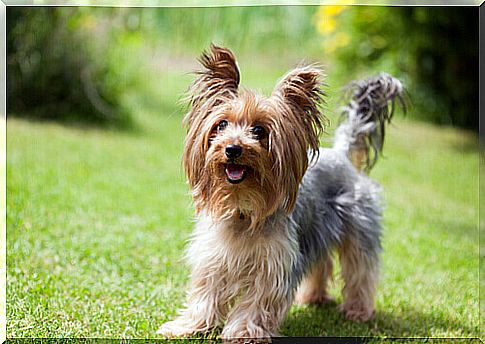
1. Yorkshire Terrier
Born from the crossing between the Scottish Terrier and the English Terrier during the Industrial Revolution, more precisely in the city of Yorkshire. It was very popular during the Victorian Era, becoming one of the symbols of the English nobility.
It is small in size, but this does not mean it does not have the courage and tenacity of Terriers. He barks often, is easy to train and needs physical activity. It weighs up to 7 kg and has a silky smooth brown, silver and black coat that requires constant care.
